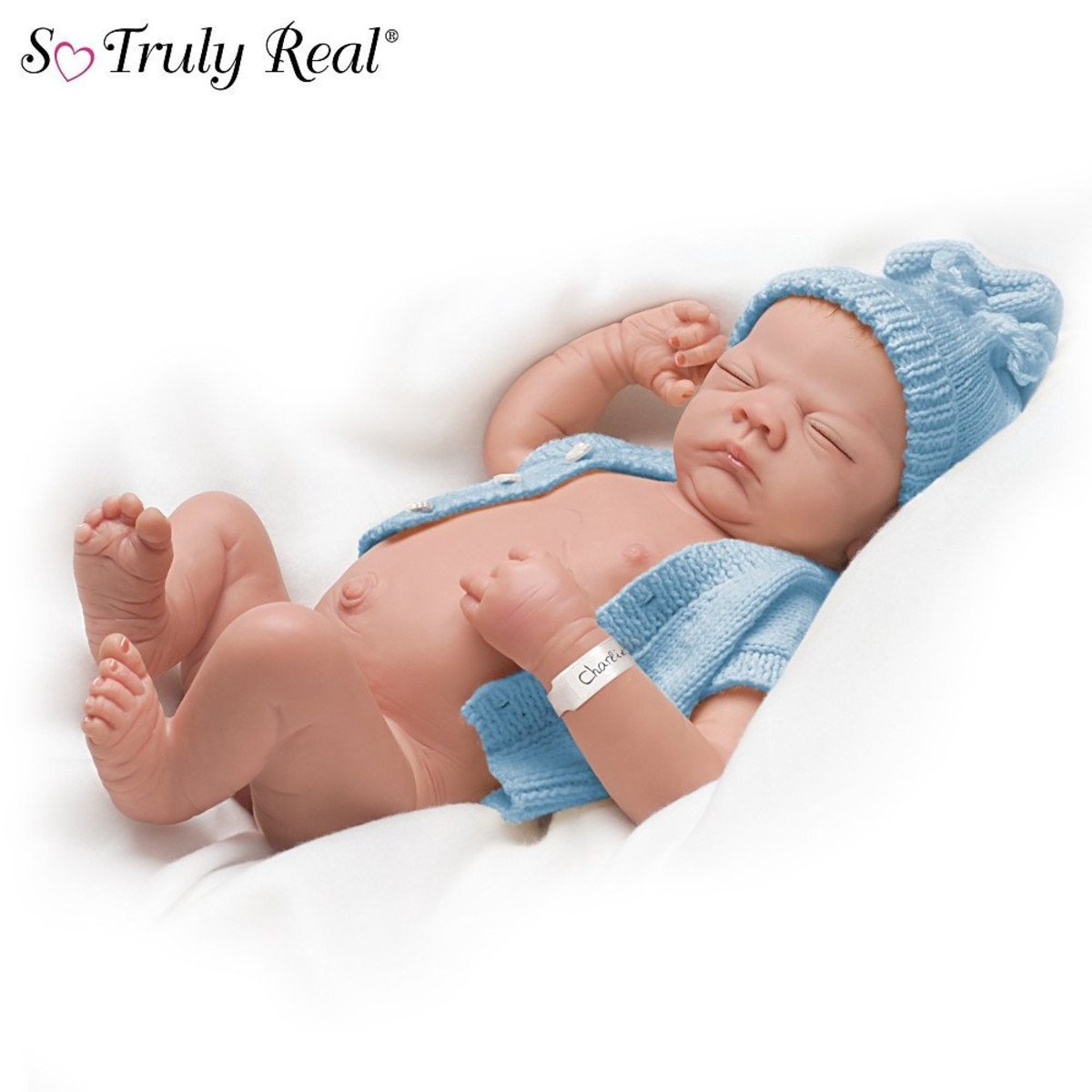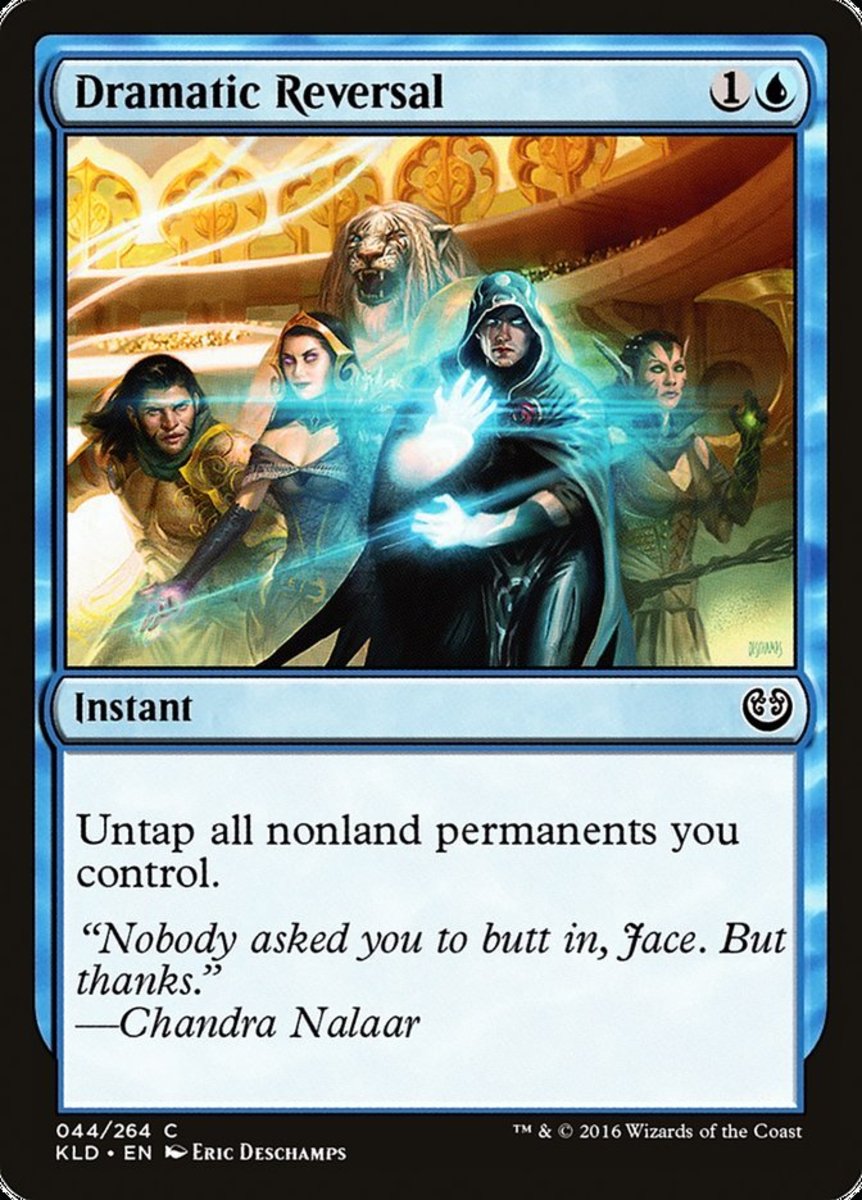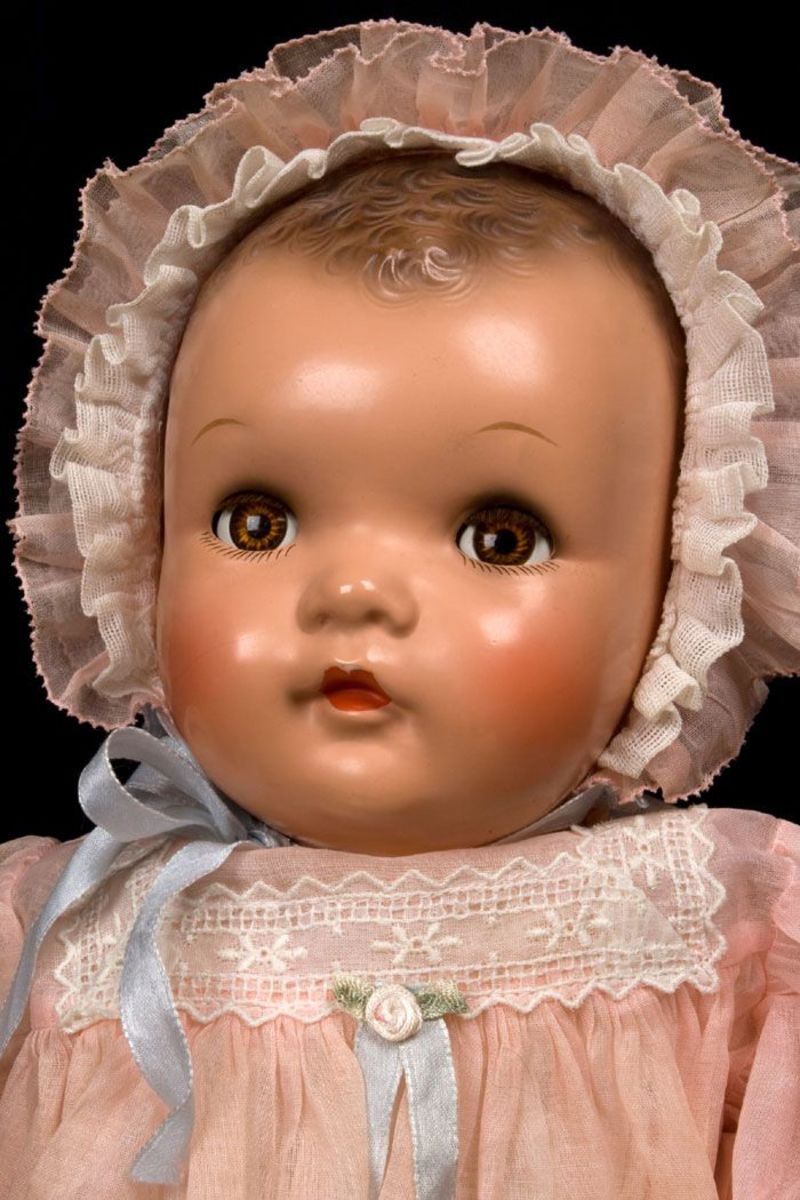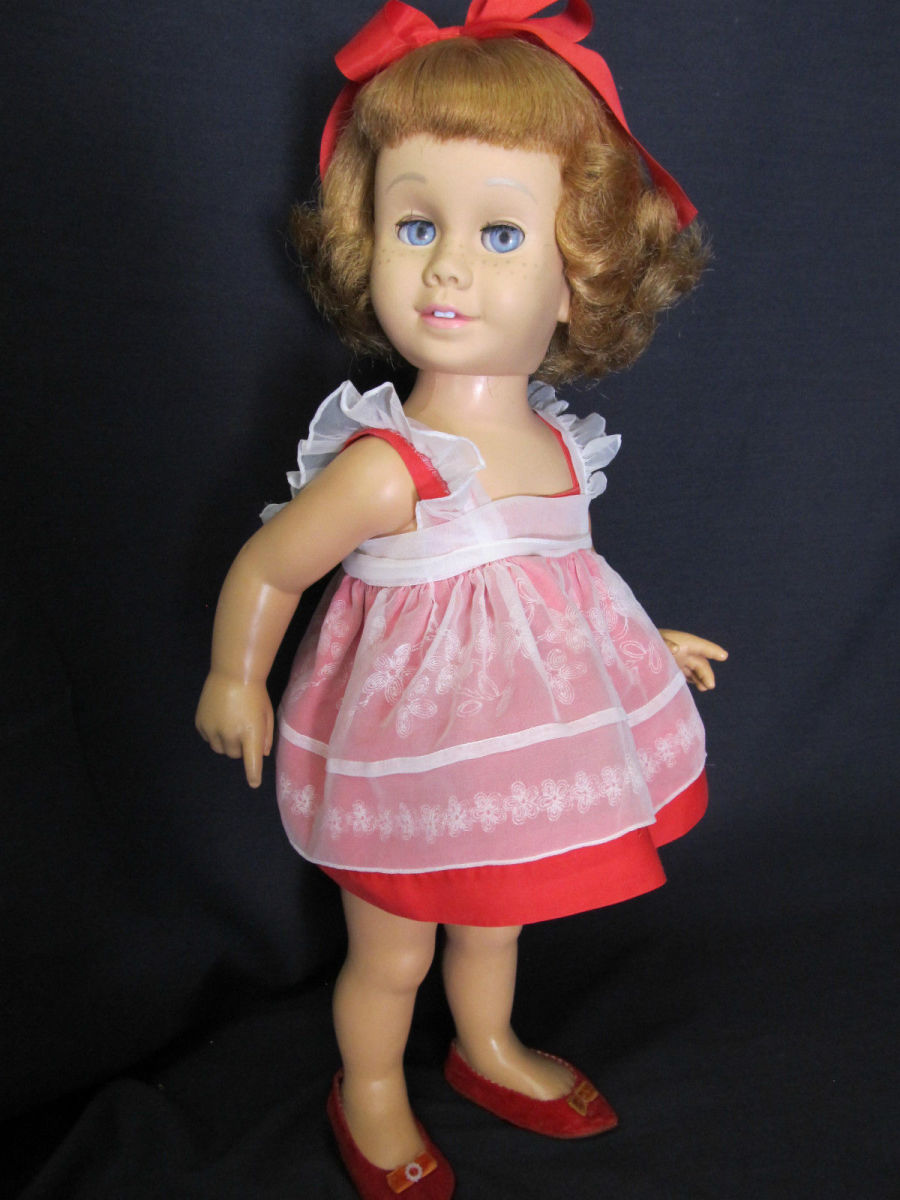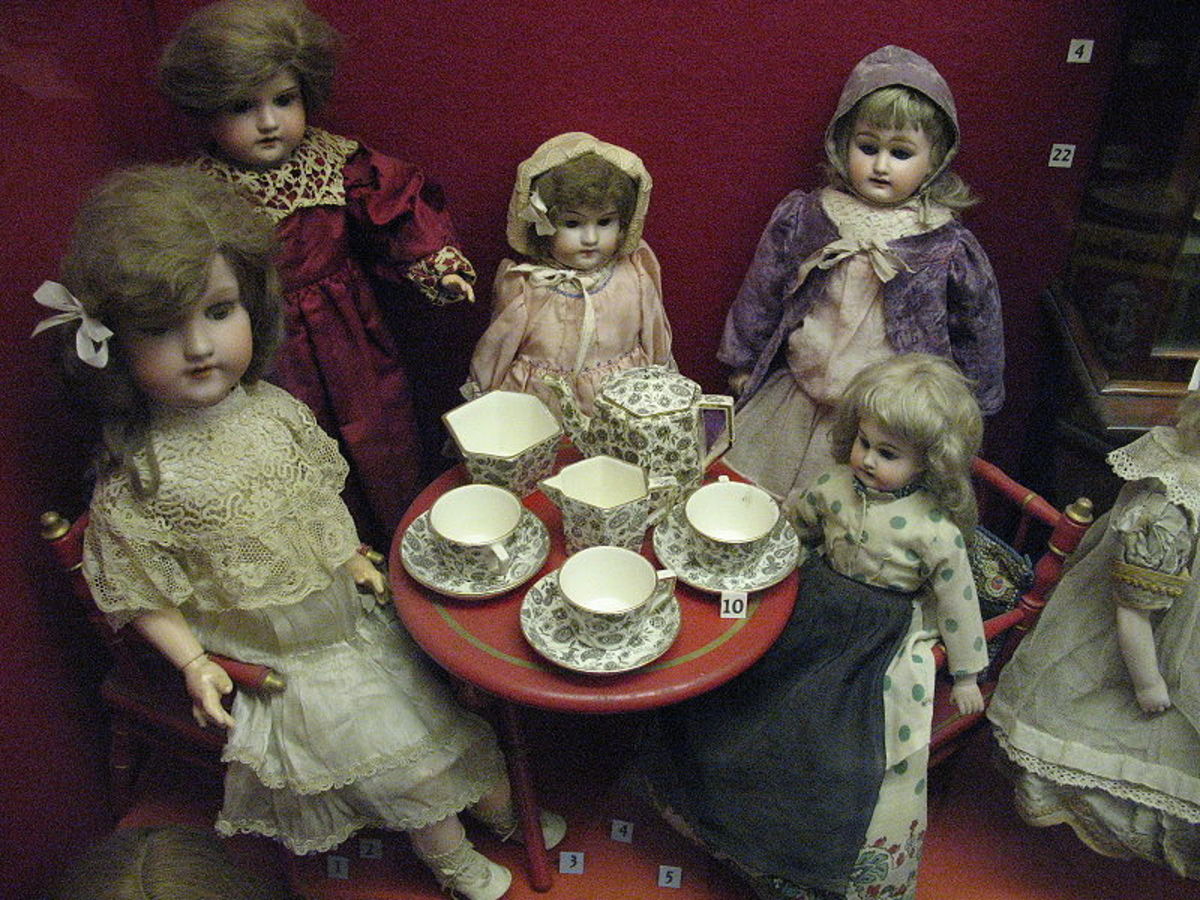Toni Dolls
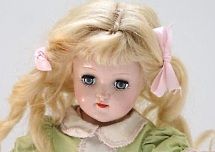
Toni Dolls
When I was a child, my favorite doll was a Toni (R) doll. She had blond hair that I could style, she was more beautiful than I could ever imagine being, myself... and I loved her.
As an adult, thinking I had outgrown my dolls, I decided not to keep her. It was an impulsive decision, and I've regretted it ever since. Though I've been looking for years, I've never found the one that was originally mine.
However, I've collected many Toni dolls since then, including a rare P-93, and I have other wonderful dolls from that era, as well.
Let me share the delight and wonder of Toni dolls from the 1950s, and tell you about collecting Toni dolls.
Toni Dolls - Ideal or Effanbee?
The original Toni doll was produced by the Ideal Toy Company starting around 1949. (It's difficult to date the Toni because an almost identical mold was used for an earlier doll that did not bear the "Toni" name or markings.)
Toni dolls came in a variety of sizes, including the P-90, which was the most popular model. The P-90 was 14 inches tall. Other sizes included the P-91 (16 inches tall), the P-92 (19 inches) and the rare P-93 (21 inches) and P-94 (23 inches).
Today, the classic Toni doll has been reproduced in the P-90 size by Robert Tonner for Effanbee Dolls.
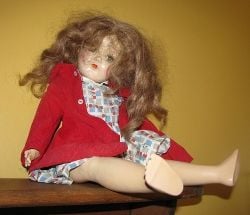
Collecting Toni Dolls
Toni dolls have become valuable collectibles, especially for people like me who remember the doll from childhood. You can find Toni dolls at eBay, doll shows, yard sales, and through lists like Craigslist.
The photo at right shows a Toni doll in better than average condition. Her hair is a little messy, but everything else looks good.
However, if you're collecting for investment -- or if that's one reason why you're collecting -- Toni dolls are like any other collectible: Condition is everything.
Toni dolls were designed to be durable. So, they're usually in at least "fair" condition. Here's what can happen with well-loved vintage Toni dolls:
1. The hard plastic can be scratched or abraded. Because the dolls were so sturdy, even dainty little girls took them outside to play. Whether by accident or due to an aggressive playtime, Toni dolls often have scratch marks on them. Though they can be lightly polished -- the same as you'd polish a car with abrasion marks -- there's not much you can do about the scratches.
2. The doll's body can be stained. Often, Toni dolls - as much as 60 years old - were not carefully stored. As a result, it's commonplace to see stains on the dolls. Though some cleaning products are designed especially for vintage, hard plastic dolls, many cannot fully remove the stains. (Be very careful before using any cleaning product on a collectible doll. Some chemicals react badly with old plastic materials, and bleaching or further staining is possible.)
3. The hair can be damaged, cut, or missing. When you're collecting Toni dolls via eBay or other online marketplace, be sure to ask whether the doll has a full head of hair, if it's original, and if it was cut. Since Toni dolls were designed so little girls could give them pretend "permanents" and style the dolls hair, sometimes Toni was subjected to a haircut.
Replacement wigs are available, but it's not easy to find a wig that looks convincingly like the original. If you're collecting dolls as an investment, original and uncut hair is a very important feature.
4. Original clothing can be hard to find, but not impossible. The tricky part can be identifying which clothing was appropriate to your doll's age and her particular coloring. Several eBay dealers specialize in Toni doll clothing. In addition, if you're collecting for fun rather than investment, other dolls from that era were the same size. Their clothing can give you doll the correct "vintage" look, even if it's not actually Toni doll clothing.
5. Original packaging is practically the Holy Grail. If you are collecting Toni dolls as an investment, the ideal is the packaging that matches your Toni doll's age, and to find the box and packaging in mint condition. Expect this to cost a lot, but -- for a serious collector -- it's a matter of pride to own something so rare.
Collecting Toni dolls can bring you tremendous happiness. These dolls also tend to hold their values and increase in price. So, Toni dolls can be a wise investment, as well.
Photo courtesy of Natalie Maynor.

A short history of the Ideal Toy Company
Toni dolls were introduced in the late 1940s or 1950s. The original Toni dolls were made by the Ideal Toy Company.
The Ideal Toy and Novelty Company began in New York around 1907. It was created by the inventors of the Teddy bear, Morris and Rose Michtom. At first, they made dolls, usually themed and novelty dolls such as their first doll, the "Yellow Kid" doll, named after the comic strip of the same name. Later dolls included the Deanna Durbin doll, the Judy Garland doll, and the must-own doll of the 1940s, the Shirley Temple doll.
Ideal was among the first to produce composition dolls made from sawdust and glue. They advertised their composition dolls as "unbreakable." Though those dolls were far sturdier than dolls made of porcelain, the dolls weren't entirely unbreakable. Despite that, the dolls were a huge success and the Ideal Toy and Novelty Company produced about 200 different composition doll designs.
In 1938, the name of the company was shortened to the Ideal Toy Company. During the 1950s and 60s, the company was the largest doll manufacturer in the United States. Their dolls included Betsy Wetsy, Crissy, Miss Revlon, Patti Playpal, Saucy Walker, Shirley Temple, Tammy, Thumbelina, and -- of course -- the Toni doll.
In 1982, 75 years after it had begun, the Ideal Toy Company was purchased by the CBS Toy Company, who soon sold it to Viewmaster. That company was bought by Tyco Toys, who later merged with Mattel, Incorporated.
Mattel was also an "old school" toy company. It began in 1945, and the name combined two of its founder's names, Harold "Matt" Matson and and Elliot Handler. (Eliot's wife, Ruth, was the third member of the original Mattel company.) Today, Mattel is one of the world's most popular and successful toy companies.




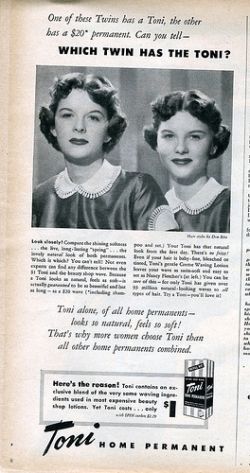
Toni Home Permanents
The history of the home permanents that inspired the dolls
The classic Toni doll was named for Toni home permanents.
The Toni home permanents actually began in the 1930s as "Charm Curl" permanents. They were the original home permanents -- the first on the market -- and they sold for about 50 cents per kit.
By around 1940, "Charm Curl" had been sold and was repackaged and improved as the Toni Home Permanent. The modern version of that product is still sold today.
Even in the 1940s, Toni home permanents were still a bargain. As the ad on the right explains, a salon permanent could cost $20. Toni Home Permanents were only $1.
The permanents came in a small box, usually with magenta pink accents, and black & white text. The box was about the same size as an external hard drive for your computer, or a small box of crackers.
Inside the box, you'd find instructions. There was a bottle with the permanent solution. (I think there were two bottles and you had to mix them.) It smelled like ammonia, and I remember my eyes watering when my mom gave me a permanent so I'd have curly hair.
The kit included small, white pieces of tissue paper. It was important to wrap them around the end of the hair, so the curls would be smooth rather than look frayed at the ends if the hair stuck out (and didn't get any permanent solution on it).
There were also hard plastic curlers, usually pink, with an elastic band (black, as I recall) to fasten each one after rolling your hair around it and securing it.
Some kits included a thin, plastic cape, to protect your shoulders from any permanent solution that might spill.
I can recall it taking a long time for the permanent solution to work. Waiting for the "ding!" of the kitchen timer seemed to take forever.
Then, you'd wash the permanent solution out of your hair. In the early days of home permanents, my hair felt like a dishrag when it was wet.
Thorough rinsing was imperative. Otherwise, the ammonia smell would linger. In fact, even if you did wash your hair well, the odor usually lasted two or three days.
After that first rinse, you couldn't wash your hair for days. If you did, you risked losing all the curl and you might your hair beyond repair.
Obviously, home permanents have changed dramatically since then.
Photo courtesy of Nesster
Vintage dolls at eBay - Polly's Dolls and Collectibles
Toni isn't the only wonderful vintage doll you can own. Polly has many vintage and antique dolls and accessories.

Do you have my doll?
For years, I've been looking for my original Toni doll. She was a P-90, I think, about 14" tall. She was blonde, the very light, white-blonde doll of the 1950s. Her eyes were light blue. The distinguishing mark was a crack along one of her legs, and I think it affected the foot as well.
I sold the doll during hard times in Massachusetts. I've regretted that, ever since. At the time I sold her, she was in a dark pink satin "flapper" style dress that my mother had made for her.
I would recognize the doll -- and the leg crack -- if I saw her, or a photo of her.
If you have her, or you might have her, I hope you'll contact me. I would dearly love to own her again, or at least know where she is.


